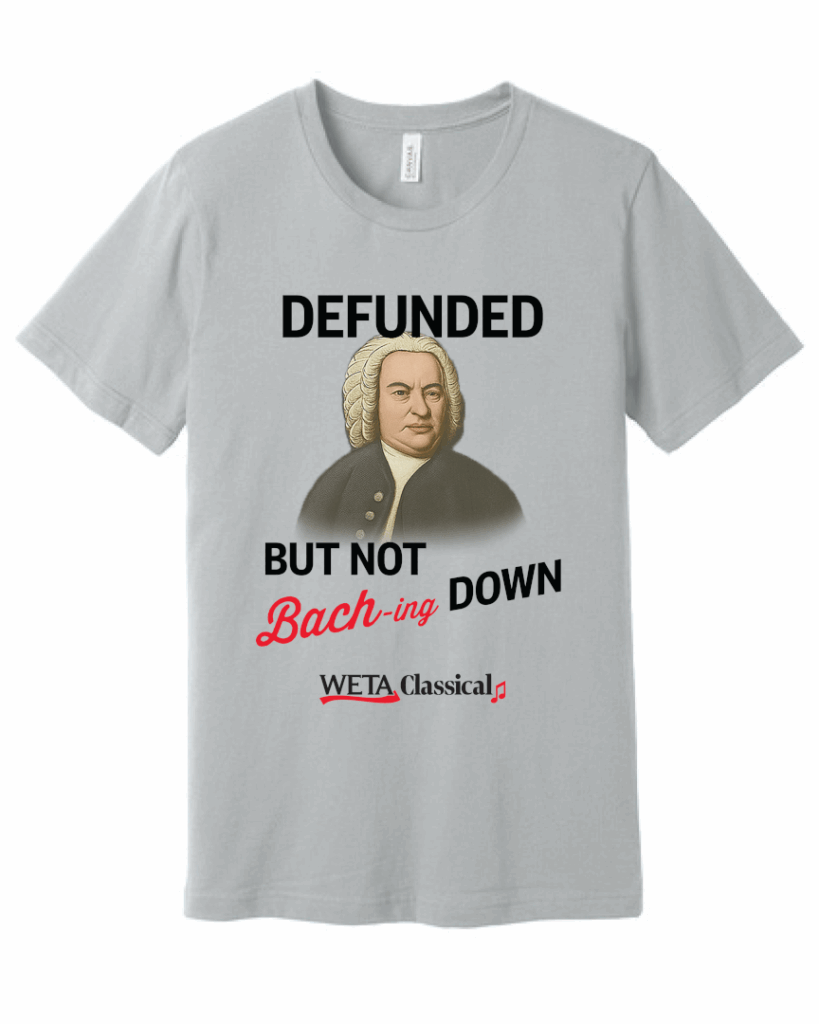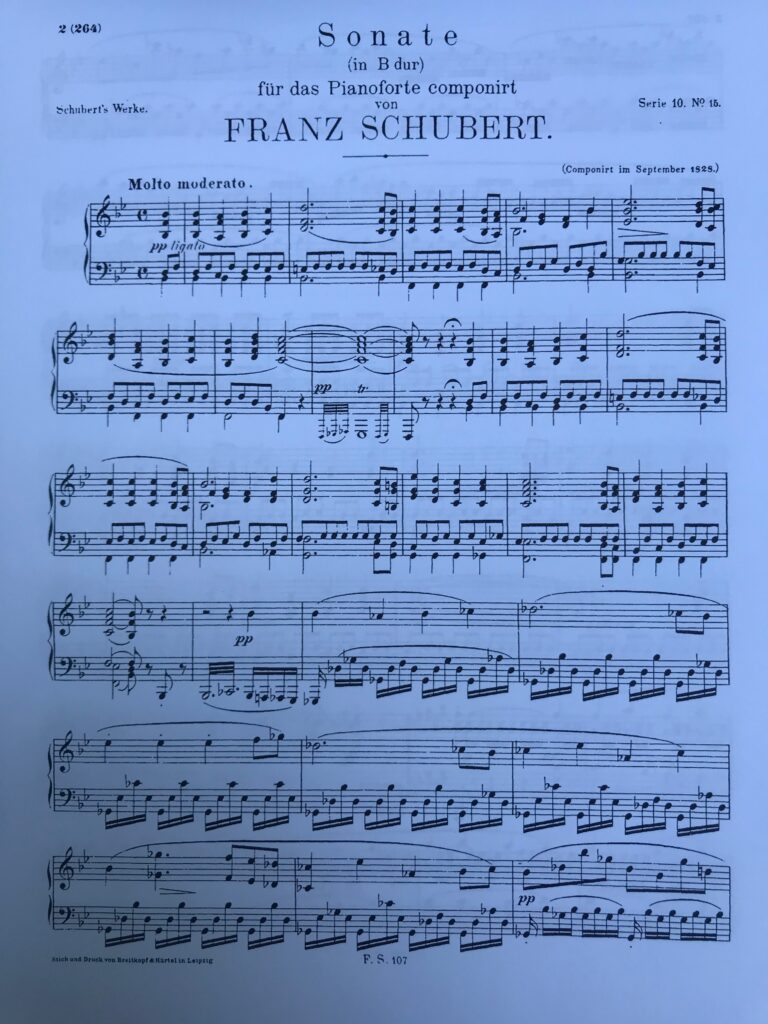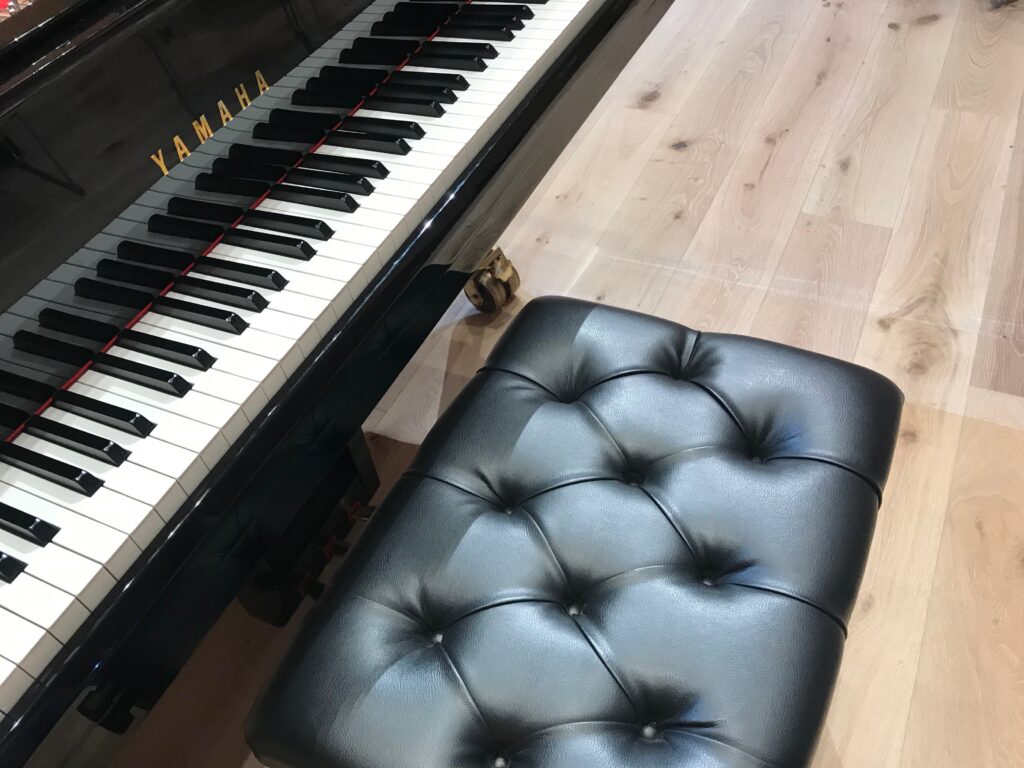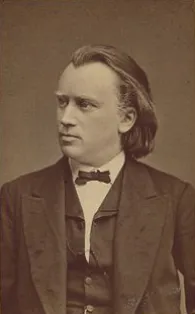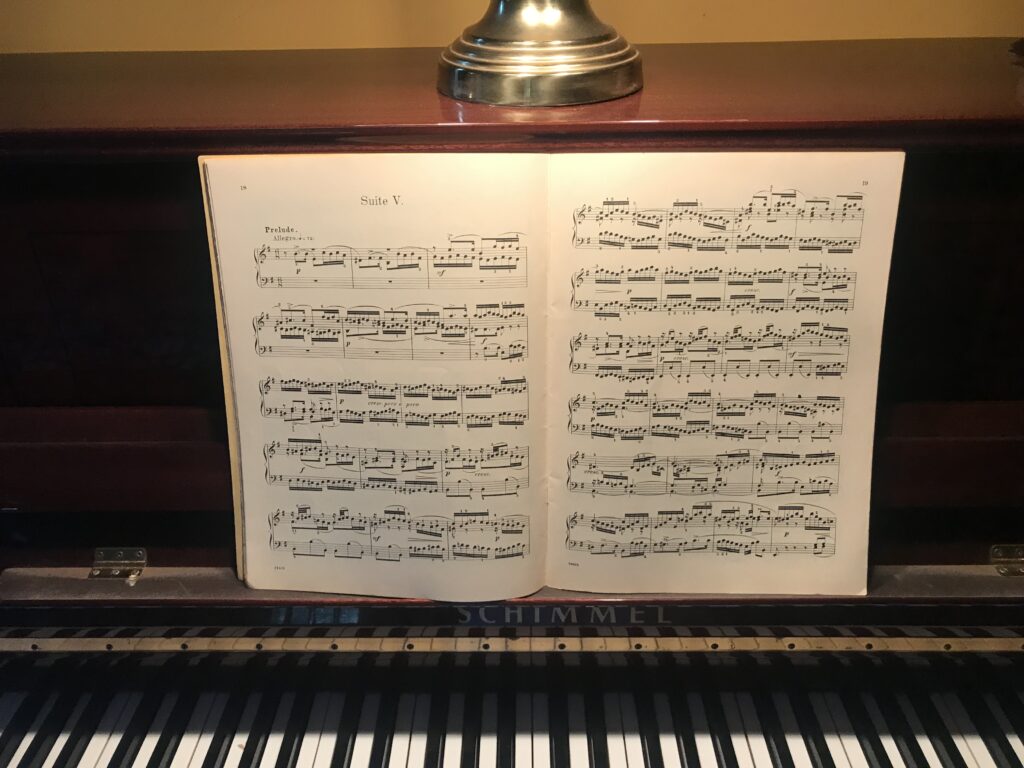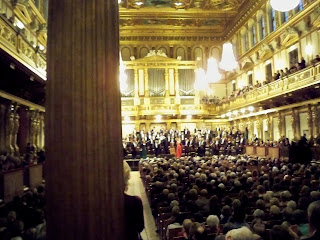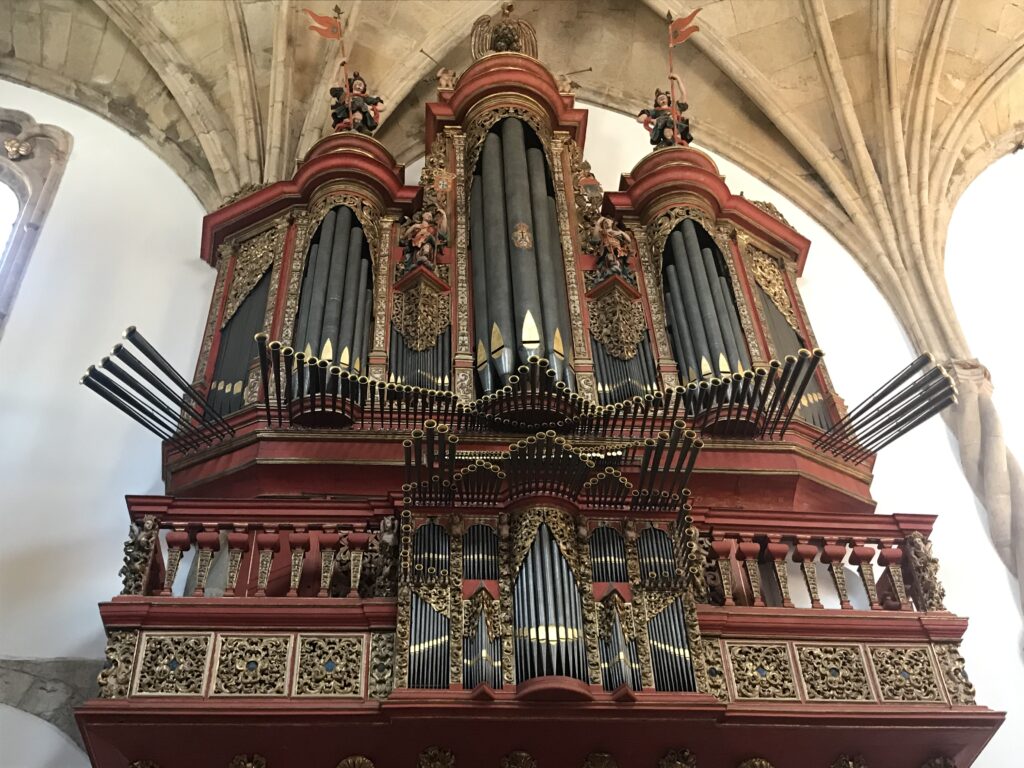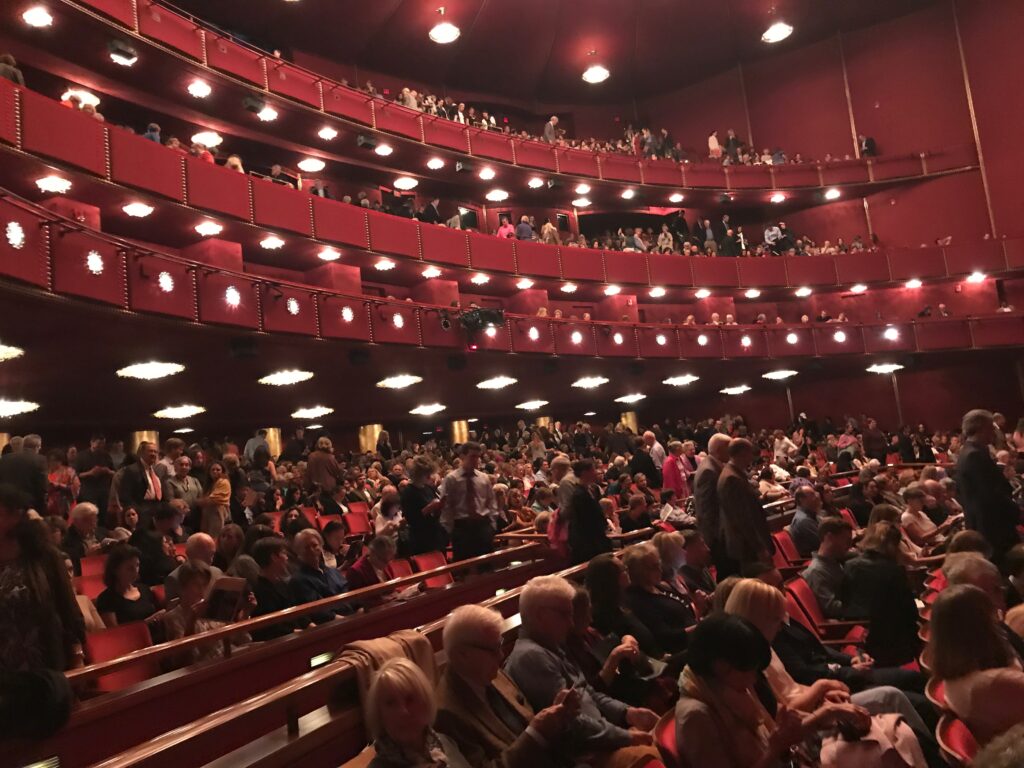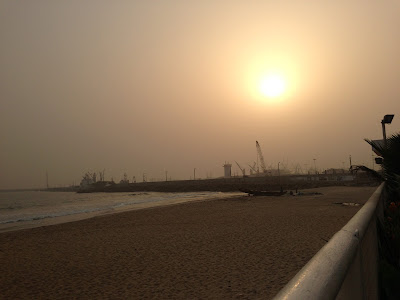Scrambled Eggs
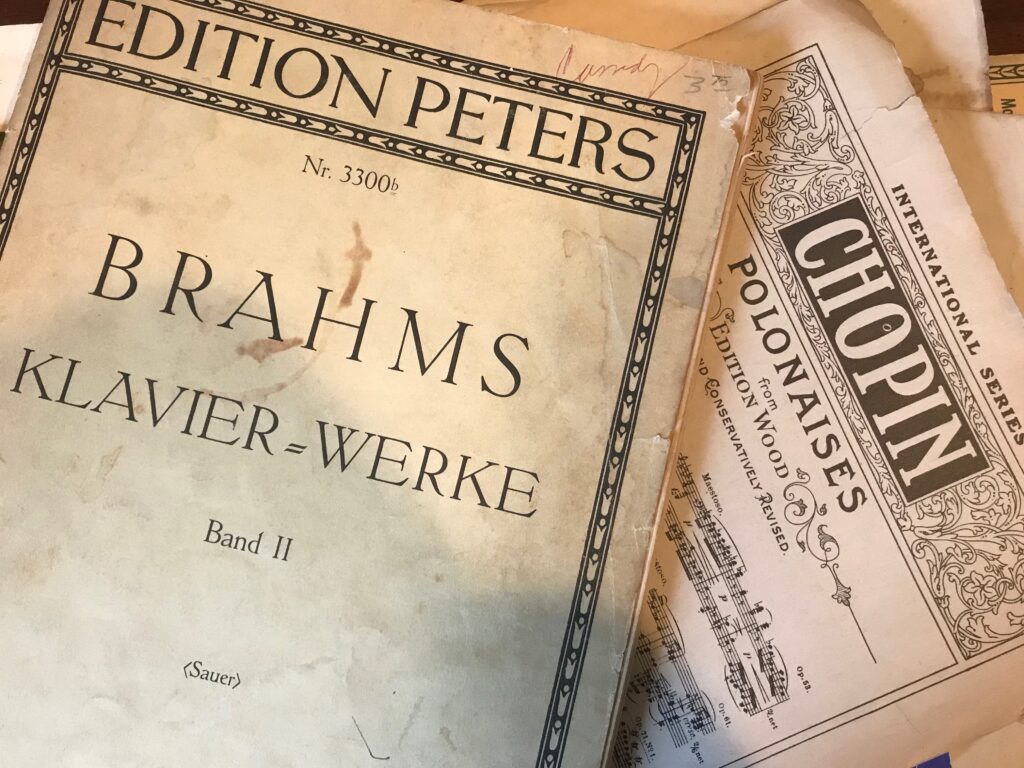
Paul McCartney woke up one day in 1963 with a melody in his head. For a long time he thought it wasn’t his. He had grown up with dancehall tunes, and he figured it must be one of those. He played it for John Lennon, who didn’t recognize it. At a party, he played it for Alma Cogan, a 1950s British pop star. She didn’t recognize it either.
Meanwhile, Cogan’s mother entered the room, asking who might like some scrambled eggs, writes Ian Leslie in his fine book John and Paul: A Love Story in Songs. McCartney realized that the syllables were right and created the first lyrics to what would become arguably his most famous song: “Scrambled eggs/Oh my baby how I love your legs.”
For a song conceived almost in a dream, it took a year and a half for McCartney to figure out something more than these nonsense lyrics. That happened when he was half asleep in a cab on his way to a borrowed villa in Portugal and came up with the idea of starting each verse with three-syllable words: yesterday, suddenly. He finished writing “Yesterday” during his 1965 holiday in Portugal.
Ever since I read this story weeks ago in Leslie’s book, I’ve had “Scrambled Eggs” in my head, too. More than an ear worm, it’s a telling example of creativity’s weirdness. We don’t know when inspiration will strike, the forms it will take, or how long it will tug at our sleeves before we can decode it. For some reason, I find this enormously comforting.
